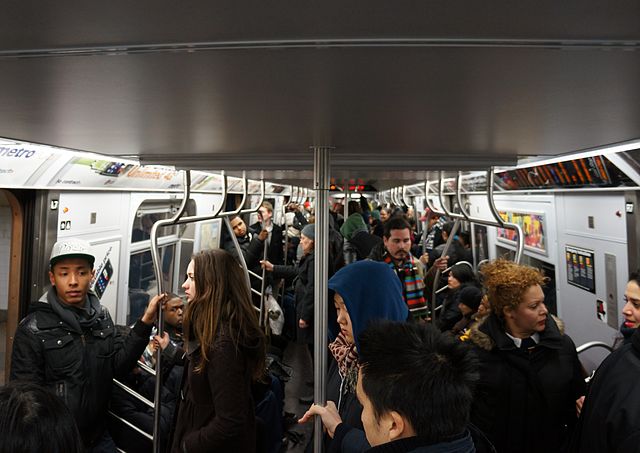
The 6 Lexington Avenue Local subway cars rattled into the 110th street station, the rusted brakes shrieking loudly. The rats on the rail lines squirmed and scurried away and the piles of trash on the tracks disappeared as the train rolled in. The train is late as usual. The cars are all packed tightly with New Yorkers heading uptown, knuckles white on the hand poles as the failing train lurched violently and continued, still screeching.
With the subway system falling apart, the MTA has proposed raising the fare from $2.75 to $3 by March 2019 to secure the funding desperately needed for repairs and maintenance. But the proposal has been met with harsh criticism from commuters who are already fed up with transit in the city.
“I think it’s expensive as is,” said Johnathan Blake. “I’m sure there’s a lot of people who won’t be able to pay that. It’s tough.”
The effects of this increase would hit the city’s commuters the hardest as they travel to and from work everyday. Crystal Fajardo, 28, of the Bronx, is one of these people.
“[I use the subway] pretty much everyday,” Fajardo said. “I’m a part time student in the Bronx and I’m also a teacher here in Manhattan so I have no choice but to choose a weekly pass. That much to ride with homeless people and danger in the subway and dirty trains and rats? I think that’s unrealistic for commuters that live in the city. That’s wack. For someone who comes home from work everyday, that a little high.”
The proposal by the MTA is just one addition to a seemingly never ending series of increases.
“In ‘69, when I started at NYU, the fare was 16 cents,” said Alex Grant, 70, of the Bronx.
To Grant, it is wrong to put the responsibility of paying for the much needed service on individual riders. Instead, he would prefer to see the state take more control.
“What they’re doing is putting the burden on the ridership. And it shouldn’t be on the ridership,” Grant said. “The state is better at that. Leaning on the ridership to fix the built up problems of infrastructure and disinvestment is really stupid. What you’re going to have is people throwing molotov cocktails in the subway. Believe me, down the line they’re going to. The burden of fixing the subway should fall on the government.”
Many New Yorkers have turned away from the subway to taxis or services like Uber, worsening the problem of traffic congestion in the city. For the second year in a row, the subway ridership has dropped.
“Traffic is out of control,” Blake said. “It is contributing to pollution, which I’m not for.”
Still, many New Yorkers prefer the subway for their commute rather than facing the traffic.
“It’s a little expensive to come with the transit,” Fajardo said. “But there’s a lot less stress compared with traffic, having to sit there for hours to come in and out of the city.”
Facing either subway or the gridlock of traffic, many New Yorkers will have to “take it as it is” and pay the high fares come March.
“The way New York is you have no choice but to use transportation and bite the bullet,” Fajardo said. “Unless we have a big petition about it. But many may have to stop their jobs because of the fare.”








